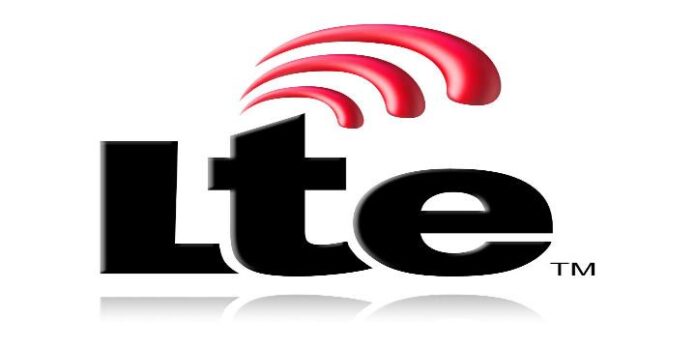Editor’s Note: Welcome to our weekly Reader Forum section. In an attempt to broaden our interaction with our readers we have created this forum for those with something meaningful to say to the wireless industry. We want to keep this as open as possible, but we maintain some editorial control to keep it free of commercials or attacks. Please send along submissions for this section to our editors at: dmeyer@rcrwireless.com.
Now that LTE networks are becoming the de facto standard for wireless connectivity globally, subscribers are expecting to get LTE coverage, even when they are travelling and their home network provider is not available. Expecting to get this coverage at no extra charge, however, is unrealistic. This creates a quality of experience opportunity for service providers to differentiate themselves in the market and retain subscribers. Since roaming agreements can generate more than 10% of a service provider’s revenue, service providers have a strong incentive to establish LTE roaming agreements with other key wireless providers.
While, from a business perspective, the premise and intent of these LTE roaming agreements is the same as it was for 2G and 3G networks, the diameter signaling and the all-IP nature of the LTE network architecture raises some technical concerns. Since the signaling model has changed from SS7 circuit-switched messaging to diameter, IP-based messages, service providers need to address additional architectural issues when enabling LTE roaming relationships with other service providers.
When an orange is not an orange
Ensuring that diameter messages are consistent and compatible between different networks is essential when establishing LTE roaming relationships. Even though the diameter signaling protocol is standardized, vendors must deliver unique and customized enhancements with their diameter infrastructure solutions. It is essential that they strip or alter these customized messages so that the partner network’s diameter infrastructure can properly interpret the messages.
Often there are subscriber policies that are designed to function within a particular service provider’s architecture and design. These policies may impact QoS for various applications, including Voice over LTE, or assign customized value-added services such as URL filtering or parental controls. Depending on the capabilities of the roaming network’s infrastructure, it may or may not be possible to extend those services in a roaming scenario. If not, the provider might need to strip these policies from the diameter messages or alter the messages to make the policy compatible with the partner network’s policies.
Hide and seek
Security is also essential in the IP environment of diameter signaling. To prevent third parties from unauthorized snooping or modification of messages between service providers, data must be properly encrypted unless it’s sent over a private connection established between the two networks. It is also important to properly validate messages that are received from the roaming service provider since it is possible that their infrastructure has already been compromised. The diameter edge agent needs to act as the control point in the network to secure and validate the signaling messages sent to and from the partner networks.
Another function of the DEA is to hide the topology of the service provider’s architecture. It is not necessary to provide external access to (or even knowledge of) the back-end infrastructure that supports roaming policy information — including the home subscriber server and policy and charging rules function. The DEA delivers the obfuscation of the messaging architecture (“topology hiding”) and offers a single control point for the management of roaming connectivity.
Old concepts, new applications
No revolutionary technologies are being introduced with LTE roaming. The exchange of signaling messages between networks has been occurring in one form or another since the early wireless days. But, the change in the signaling architecture to the IP-based diameter messaging protocol introduces both benefits and challenges that come with traditional IP networking. Therefore, it is critical that the unique characteristics of IP technologies be addressed within the LTE architecture, especially when establishing LTE roaming relationships among service providers.

